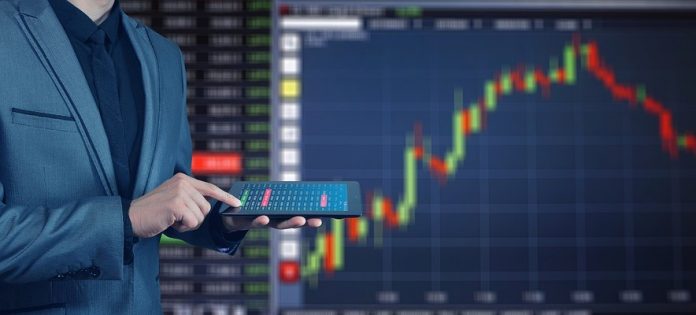Algorithmic trading is one of the most efficient and innovative strategies that both short-term traders and long-term investors can take advantage of to maximize their gains and secure profits with lowered risks. It is basically a form of trading that is based on a set of predefined instructions, taking into account the historical data of the price, volume, and other indicators with respect to time.
For many experienced traders who have been accustomed to traditional trading strategies, algorithmic trading may already be a familiar subject. For beginners, it can be a little overwhelming and difficult to comprehend. But the truth is that algorithmic trading is an easy topic to digest if one has the proper resources and knows the right approach to it. It also has lowered risks especially when integrated to automated and high-frequency trading.
Learn more about the five tips for understanding algorithmic trading below and see promising results in your trading performance in a short period of time.
1. Get the right tools and resources.
The algorithmic trading software is actually not difficult to use. But if you really want to go deeper and master the fundamentals of algorithmic trading, then you can read books about market options, futures, and derivatives. John Hull and Dr. Ernest Chan have informative and easy-to-understand books on algorithmic trading for beginners. You can also check out YouTube videos, webinars, articles, and free courses on the internet for more in-depth learning.
2. Understand the core disciplines of algorithmic trading.
Algorithmic trading is composed of three core disciplines; each of which plays an integral role in making algorithmic trading a working and stable strategy. Quantitative analysis involves the use of statistical and mathematical models to study the behavior of the market. The second discipline is basically trading itself. It consists of skills such as familiarization of the different market assets, trends, pricing models, risk management, arbitrage trading, and other techniques. The last component of algorithmic trading is programming or the implementation of the trading strategies into a working application.
3. You have little control over the program once it starts running.
While automated algorithmic trading can help lower the risks of losing in a trade due to poor execution, putting emotions over judgment, and slow manual trading, it is not an error-free and risk-free program at all. Aside from experiencing glitches from a newly written code, it is also not unusual for interruptions such as hardware failure, power outages, and slow internet connections to take place once in a while. As much as possible, you should develop your own strategies when dealing with these challenges.
4. Algorithmic trading is best when integrated with automated programs.
As stated before, you can achieve the maximum benefits of algorithmic trading when you actually use a fully automated program that can execute multiple trades in a short period of time. Automated algorithmic trading also helps you avoid typographical errors that can make or break a trade. It can help you take advantage of highly volatile markets by executing high-frequency trade orders one after the other.
5. You can gain access to algorithmic trading programs online.
Designing algorithms, interpreting statistical models, and translating them into codes for your trading software will surely require a lot of your time and effort. Not to mention that you have to backtest and fix glitches at the early stages of the trading application. To save you from the hassle, you may instead check out the best algorithmic trading platform for quants online. Besides being affordable and easy to use, you can benefit from a tried and tested program without any limitations.
Find a Home-Based Business to Start-Up >>> Hundreds of Business Listings.

















































